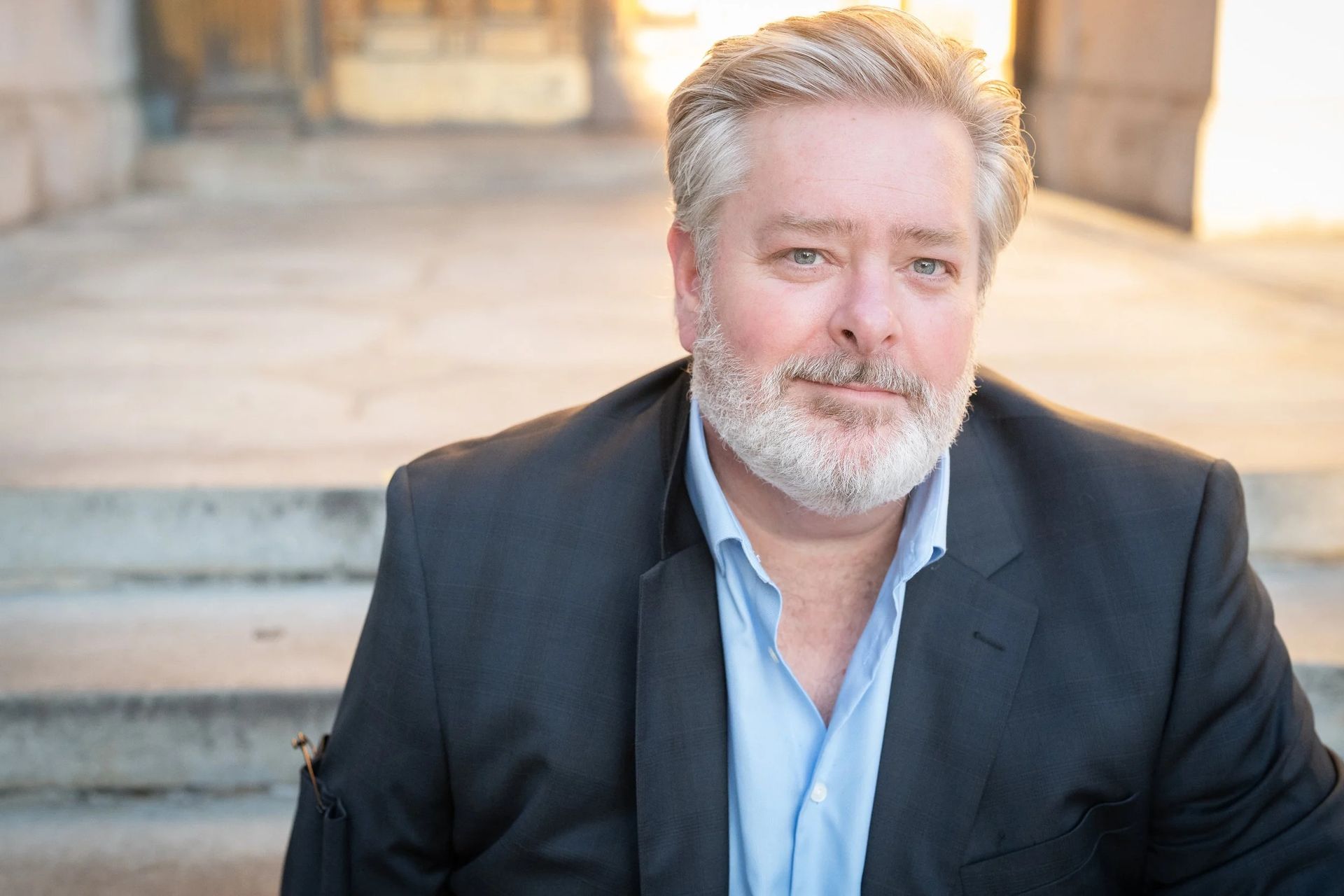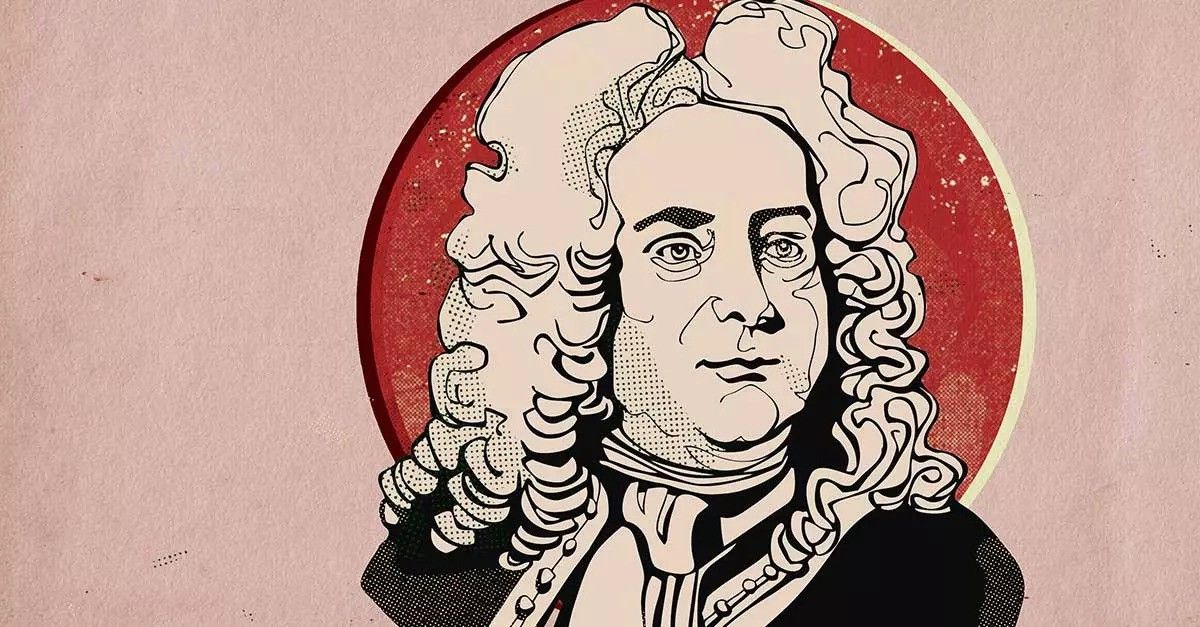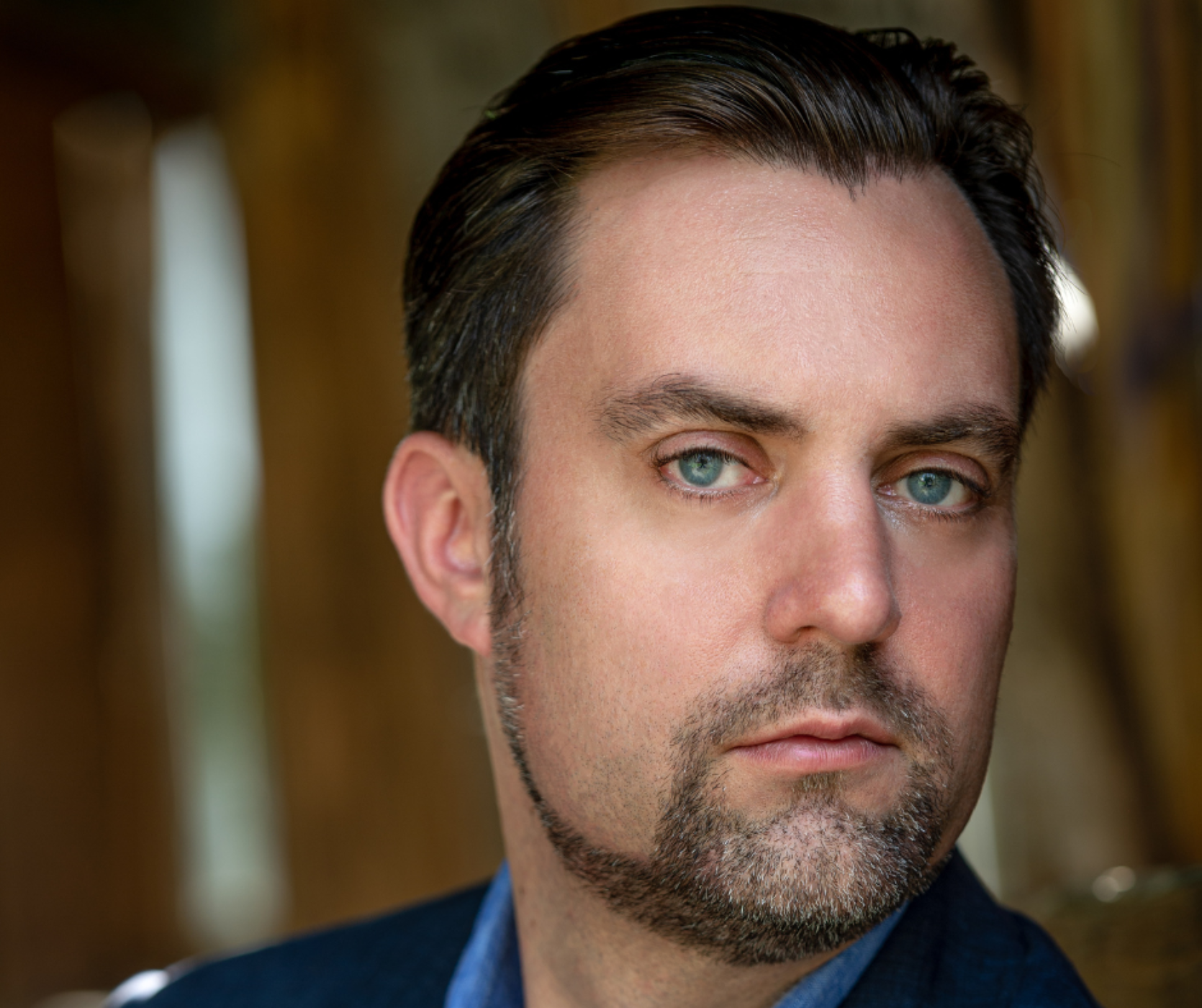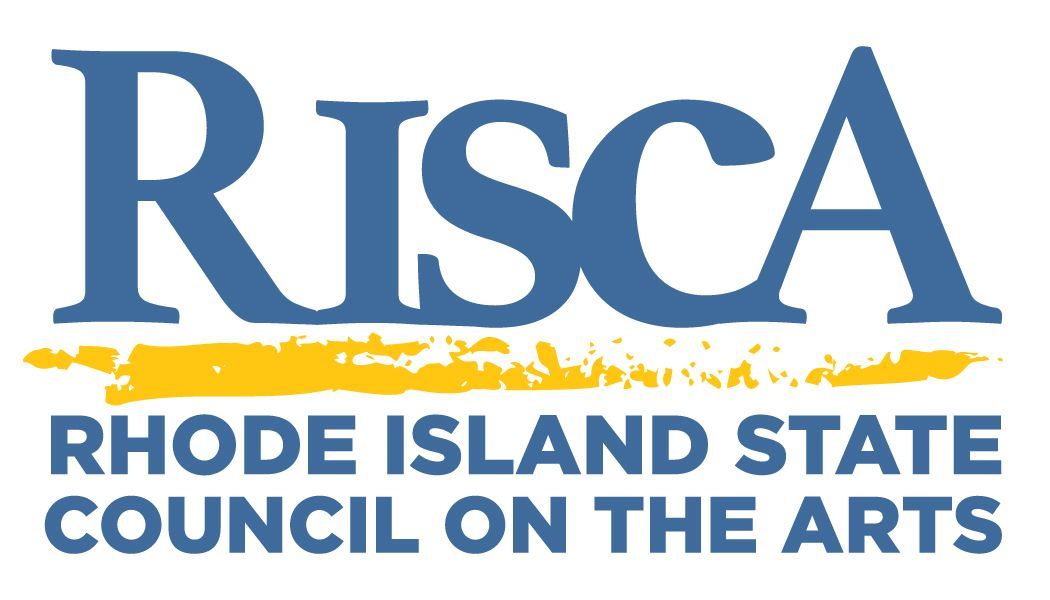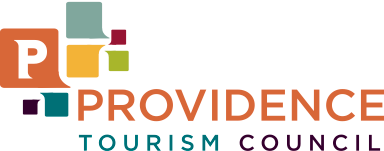THE STORY BEHIND: Marsalis' Violin Concerto
Share
On May 3 & 4, conductor Thomas Wilkins and the Rhode Island Philharmonic Orchestra will present SYMPHONIE FANTASTIQUE with violinist Kelly Hall-Tompkins.

Title:
Violin Concerto in D
Composer:
Wynton Marsalis (1961-
)
Last time performed by the Rhode Island Philharmonic:
This is a RI Philharmonic Orchestra premiere. In addition to a solo violin, this piece is scored for three flutes, piccolo, three oboes, English horn, three clarinets, E-flat clarinet, bass clarinet, three bassoons, contrabassoon, four horns, three trumpets, three trombones, tuba, sousaphone, timpani, harp and strings.
The Story: The phenomenon we call Wynton Marsalis was born in New Orleans, Louisiana. He studied at Juilliard and has recorded prolifically in both the jazz and classical music domains. Marsalis became the first musician to win Grammy Awards in both Jazz (Think of One) and Classical Music (Haydn, Hummel, Leopold Mozart) in the same year (1983). Also, he won the 1997 Pulitzer Prize in Music for his oratorio,
Blood on the Fields.
For the premiere performance and recording of his Violin Concerto (2015), Marsalis has given massive credit to his collaborators, notably, violinist Nicola Benedetti, conductor Cristian Măcelaru, and the Philadelphia Orchestra. To inaugurate the new work, Marsalis himself wrote the following extensive program note:
This piece was written for Nicola Benedetti. It takes inspiration from her life as a traveling performer and educator who enlightens and delights communities all over the world with the magic of virtuosity. Scored for symphony orchestra, with tremendous respect for the demands of that instrument, it is nonetheless written from the perspective of a jazz musician and New Orleans bluesman. We believe that all human beings are connected in the essential fundamentals of life: birth, death, love, and laughter; that our most profound individual experiences are also universal (especially pain); and acknowledging the depth of that pain in the context of a groove is a powerful first step towards healing.
Nicky asked me to “invite a diverse world of people into the experience of this piece.” Because finding and nurturing common musical ground between differing arts and musical styles has been a lifetime fascination of mine, I was already trying to welcome them. It may seem simple enough, but bringing different perspectives together is never easy. The shared vocabulary between the jazz orchestra and the modern orchestra sits largely in the areas of texture and instrumental technique. Form, improvisation, harmony, and methods of thematic development are very different. The biggest challenges are: how to orchestrate the nuance and virtuosity in jazz and blues for an ensemble not versed in those styles (a technical issue); and how to create a consistent groove without a rhythm section (a musical/philosophical issue).
Because modern living is an integrated experience, it is never difficult to discover organic connections. Turning those insights into something meaningful and playable, however, is another story. It has to be lived and digested. That’s why I looked for real-life examples in the history of jazz–symphonic collaborations and to the environment and experience that connect Nicky and me. I considered aspects of her Scottish ancestry, the great Afro-American abolitionist Frederick Douglass’s love of legendary Scottish poet Robert Burns, my love and inextinguishable respect for Scottish baritone saxophonist Joe Temperley (and his gleeful recitation of pungent limericks), and the luminous but obscure achievements of Afro-American keyed bugler Francis Johnson, father of the American cornet tradition and one of the first published American composers… who was also a fine fiddler. These sources led me to reconnect with the Anglo-Celtic roots of Afro-American music.
The piece opens with Nicky whispering a solo note before the orchestra enters, as if to say “And so it came to pass” or “Once upon a time.” Then we are into a form constructed in fours–as in the four corners of the earth, where her travels take her. Each of the four movements, Rhapsody, Rondo Burlesque, Blues and Hootenanny, reveals a different aspect of her dream, which becomes reality through the public storytelling that is virtuosic performance.
Movement 1, Rhapsody, is a complex dream that becomes a nightmare, progresses into peacefulness and dissolves into ancestral memory.
Movement 2, Rondo Burlesque, is a syncopated, New Orleans jazz, calliope, circus clown, African gumbo, Mardi Gras party in odd meters.
Movement 3, Blues, is the progression of flirtation, courtship, intimacy, sermonizing, final loss and abject loneliness that is out there to claim us all.
Movement 4, Hootenanny, is a raucous, stomping and whimsical barnyard throw-down. She excites us with all types of virtuosic chicanery and gets us intoxicated with revelry and then… goes on down the Good King’s highway to other places yet to be seen or even foretold. As in the blues and jazz tradition, our journey ends with the jubilance and uplift of an optimistic conclusion.
Program Notes by Dr. Michael Fink © 2023 ALL RIGHTS RESERVED
Tickets start at $20! Click HERE or call 401-248-7000 to purchase today!

